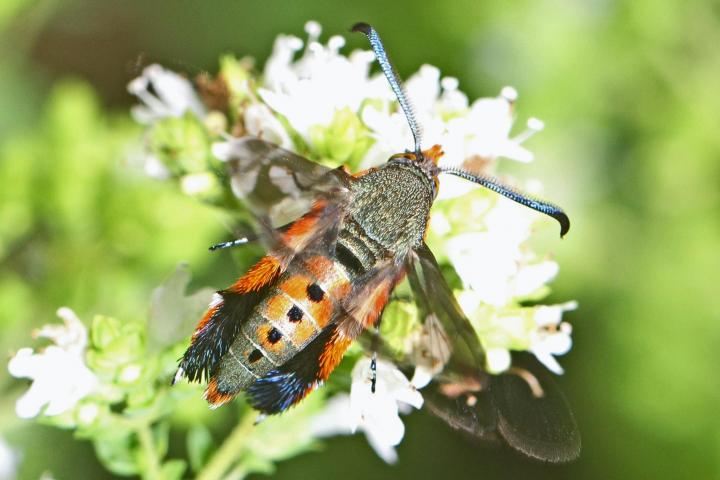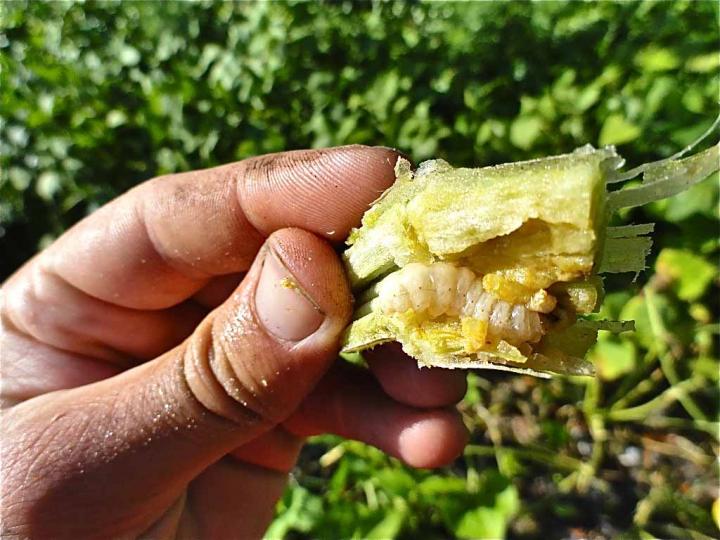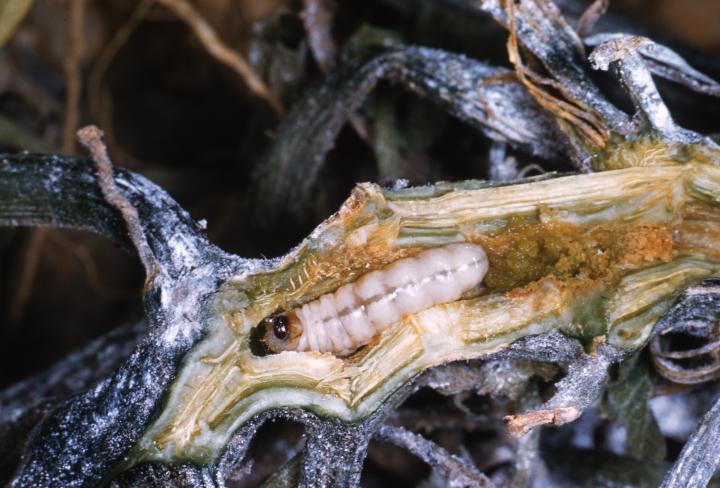
Identifying the Squash Vine Borer and Squash Vine Borer Damage
The Almanac Garden Planner - Use It Free for 7 Days!
Plan your 2025 garden with our award-winning Garden Planner.
ADVERTISEMENT
I used to slit the vine. Pull out the grub and duct taped the stems shut. It worked. Kept the vines sealed so water and nutrients could reach the squash. Worked on my pumpkins to. I had raised beds...so not possible to cover with soil.
Thanks for this article. One clarification, though - frass is actually the larvae poop!
Thank you, Mary! This is updated.
Great article, Catherine. Perfectly sums up my journey (and my neighbors) with these particularly destructive moths and worms. I had a feeling I should have invested in traps, but, this article didn't catch my eyes soon enough. Better luck on the next batch.
For vine borers, you can also use pheromone traps
I used pheromone traps last year, caught at least 50 moths. They work but my beautiful plants died. The traps are expensive $15-20 each. I found 4-10 borers in each plant. I was devastated. I didn’t plant any squash this year. I would like to try again and use the foil or wood ash method. Maybe this will work for me! Thanks for this forum. It’s been an educational journey!!
Please don't recommend Sevin, it kills bees
Can you try to heat up the soil in the beginning of the season by putting a black tarp over it to kill the larve? I haven't found anything that works and even with virgin soil, i'm having issues.
I used grub away and garden army nematodes last fall. So far so good, but it is only June 2. https://www.gardensalive.com/category/insects
I had squash vine borers on my pumpkin plants one year. They were growing in a raised bed garden, too high off the ground to cover the slits in the vines. So, I slit the vines, dug out and killed the worm, and duct taped the slits shut. It worked. Got 2 40-50 pound pumpkins out of the patch.













